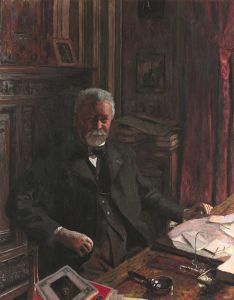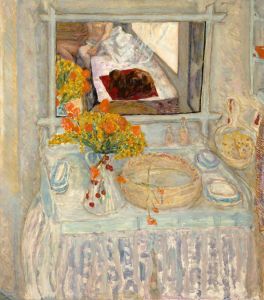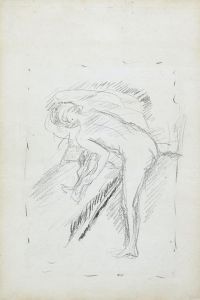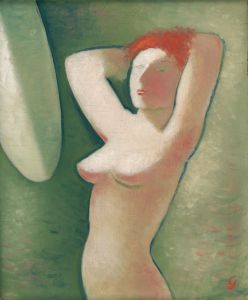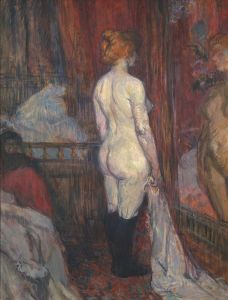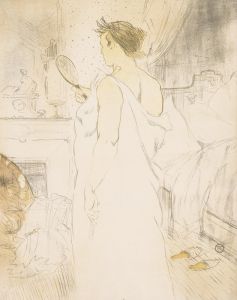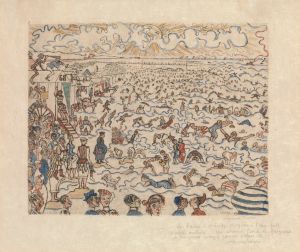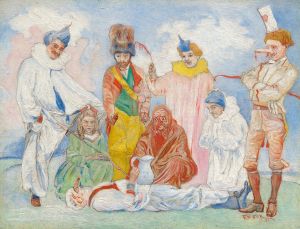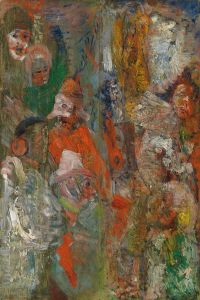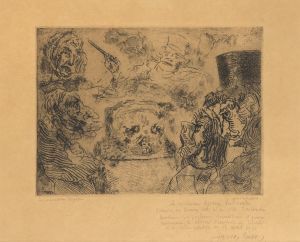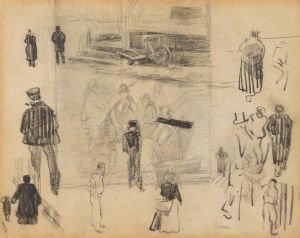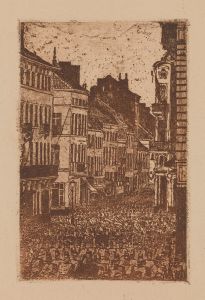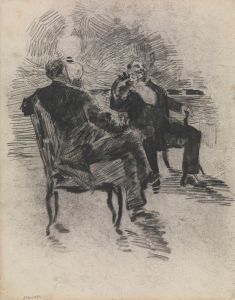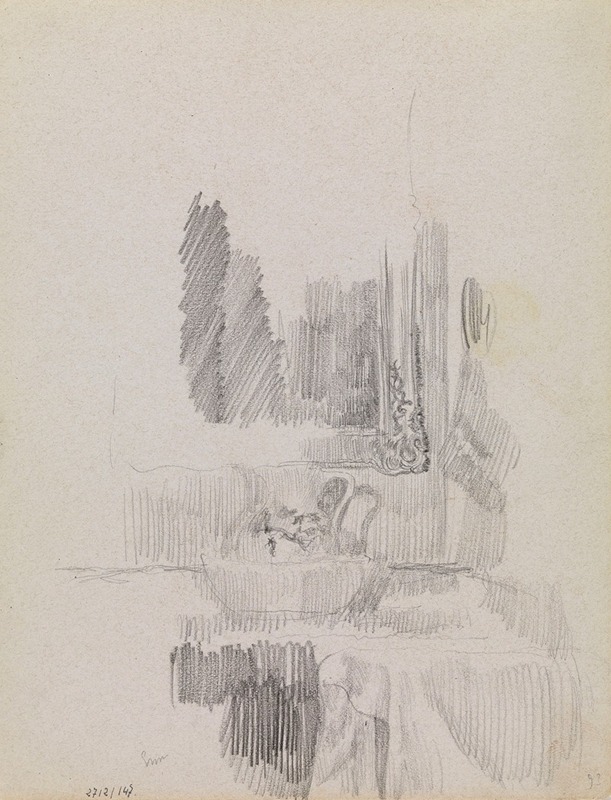
Dressing Table with Washstand and Mirror
A hand-painted replica of James Ensor’s masterpiece Dressing Table with Washstand and Mirror, meticulously crafted by professional artists to capture the true essence of the original. Each piece is created with museum-quality canvas and rare mineral pigments, carefully painted by experienced artists with delicate brushstrokes and rich, layered colors to perfectly recreate the texture of the original artwork. Unlike machine-printed reproductions, this hand-painted version brings the painting to life, infused with the artist’s emotions and skill in every stroke. Whether for personal collection or home decoration, it instantly elevates the artistic atmosphere of any space.
"Dressing Table with Washstand and Mirror" is a painting by the Belgian artist James Ensor, created in 1880. Ensor, born in 1860 in Ostend, Belgium, is known for his unique and often surreal style that blends elements of realism with fantastical and grotesque imagery. This particular work is an early example of his exploration of domestic interiors and everyday objects, which he often imbued with a sense of mystery and psychological depth.
The painting depicts a dressing table with a washstand and a mirror, capturing the intimate setting of a personal space. Ensor's attention to detail is evident in the careful rendering of the objects, including the ornate design of the furniture and the reflective surface of the mirror. The composition is balanced, with the dressing table centrally placed, drawing the viewer's eye to the mirror, which reflects part of the room and adds a layer of depth to the scene.
Ensor's use of light and shadow in this painting is particularly noteworthy. The light source, presumably from a window outside the frame, illuminates the objects on the dressing table, casting soft shadows that enhance the three-dimensionality of the scene. This interplay of light and shadow not only adds realism but also creates a mood of quiet introspection.
The color palette of "Dressing Table with Washstand and Mirror" is relatively subdued, dominated by earthy tones and muted hues. This choice of colors contributes to the overall atmosphere of calm and contemplation. Ensor's brushwork is meticulous, with fine details that bring out the textures of the various materials, from the polished wood of the table to the delicate fabric of the items placed on it.
While Ensor is often associated with his later, more fantastical works featuring masks and skeletons, this painting is a testament to his skill in capturing the subtleties of everyday life. It reflects his early influences and his ability to find beauty and intrigue in the mundane. The painting also hints at the psychological complexity that would become more pronounced in his later works, as the mirror serves as a symbol of self-reflection and the duality of perception.
"Dressing Table with Washstand and Mirror" is part of Ensor's broader body of work that explores themes of identity, the passage of time, and the intersection of reality and imagination. It stands as an important piece in understanding the evolution of his artistic style and the thematic concerns that would dominate his career.
Today, James Ensor is celebrated as a pioneering figure in modern art, and his works are held in high regard in museums and collections around the world. "Dressing Table with Washstand and Mirror" remains a significant example of his early mastery and his enduring ability to capture the essence of the human experience through the lens of everyday objects.





